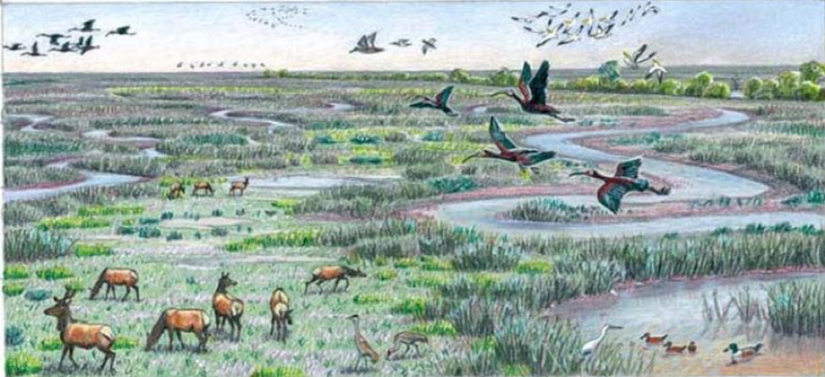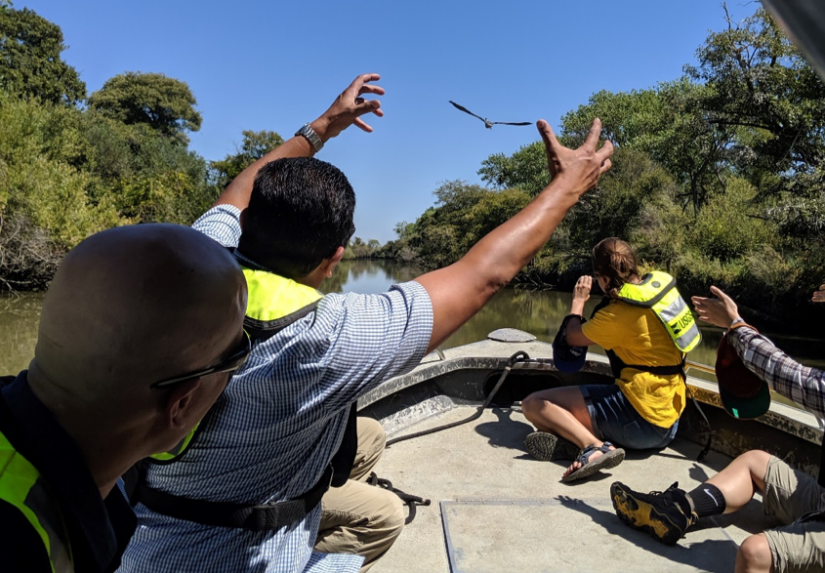
In the mid 1800’s, settlers saw the potential of the delta and its surroundings – the vast amount of water, the rich peat soils that could become fertile farmland, the abundance of gold in the hills. Rivers were dammed. Two million acres of tule marsh were drained. Levee development straightened and simplified the waterways. The land was choked from the daily and seasonal inundations of water. The delta ecosystem became a highly altered and managed landscape—and still is today.
A Call to Action
Protecting and restoring the delta got a late start. Following many decades of ecosystem decline, the Delta Reform Act created the Delta Stewardship Council (DSC) in 2009, with a mandate to create a long-term vision for the delta ecosystem with a legally enforceable plan – the Delta Plan. First enacted in 2013, this was first comprehensive management plan for the delta.
By the time the DSC was created and the Delta Plan was enacted, many of the native species in the delta had already been listed as species of concern. Many of them federally listed. Of the four runs of Chinook salmon that migrate into the delta each year, all are threatened, and the winter-run population is nearing extinction.
A Vision for a Delta Transformed
The delta will never return to its historical state. Humans are now a permanent feature of the landscape. However, the DSC has a vision for a delta transformed. Chapter 4 of the Delta Plan focuses entirely on ecosystem restoration and is currently being amended to better protect, restore, and enhance the delta ecosystem. To do so, the council proposes the following five core strategies in the amended chapter:
- Create more natural flows
- Restore ecosystem function
- Protect land for restoration and safeguard against land loss
- Protect native species and reduce impacts of nonnative species
- Improve institutional coordination to support implementation
By 2050, the council envisions restoration of more than 30,000 acres of new seasonal floodplain, riparian and non-tidal wetland habitat, more than 30,000 acres of tidal marsh, and 14,000 acres of oak woodland and other natural upland ecosystems. These restored habitat patches will be functionally connected for the native species that depend on them, and well-integrated with surrounding land uses.

Throughout my fellowship in the Delta Stewardship Council’s Planning and Performance Division, I became fully immersed in the Delta Plan amendment process - helping draft, review, and revise the strategies, narrative, policies, recommendations, appendices, and performance measures of the revised chapter. This experience has exposed me to the state’s most challenging ecosystem restoration efforts. While making progress in state government can at times be excruciatingly slow, I am incredibly grateful for the opportunity to help guide the ecosystem restoration chapter of the Delta Plan, and excited to see how the council’s vision for a restored delta continues to unfold.
Written by Corianna Flannery
